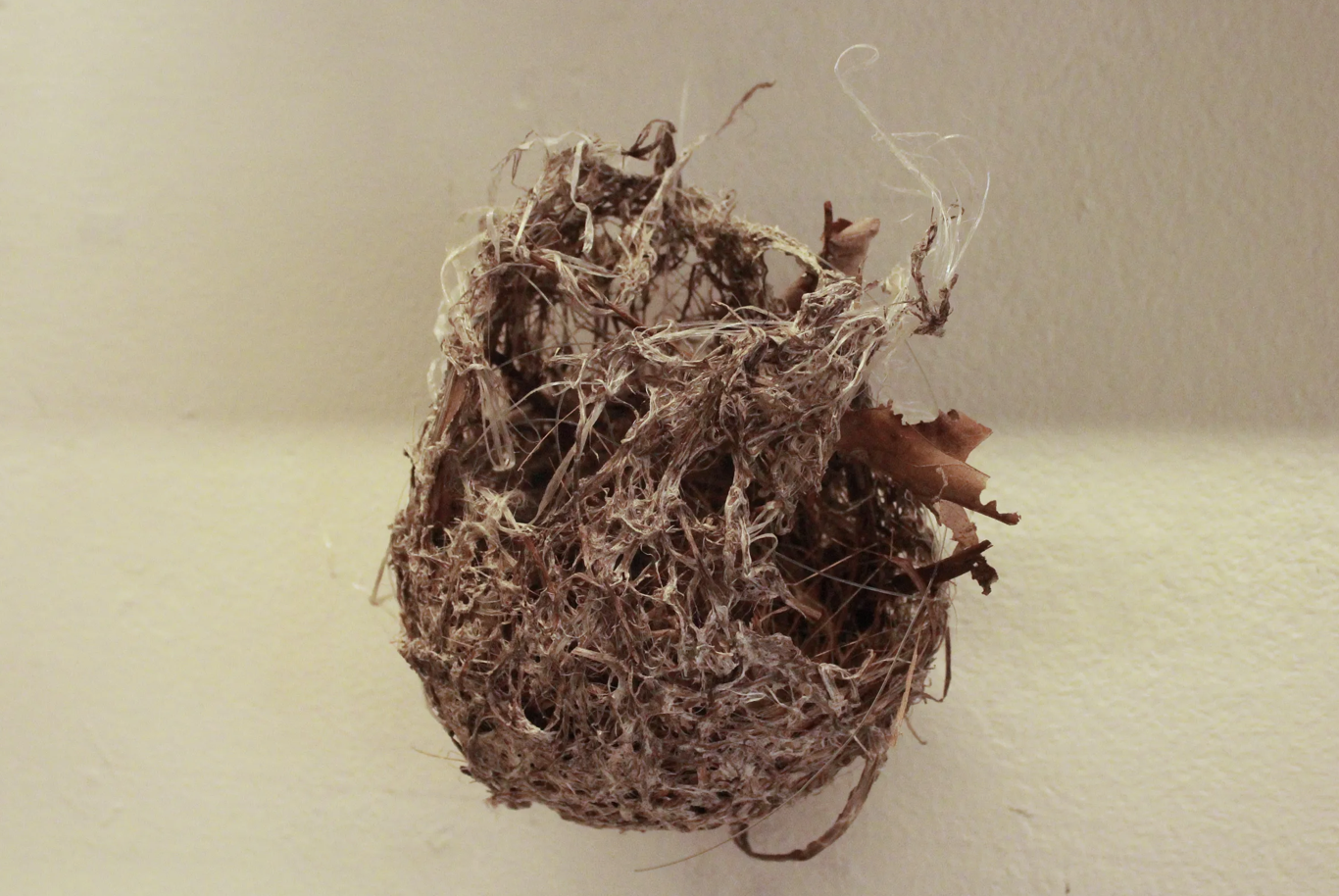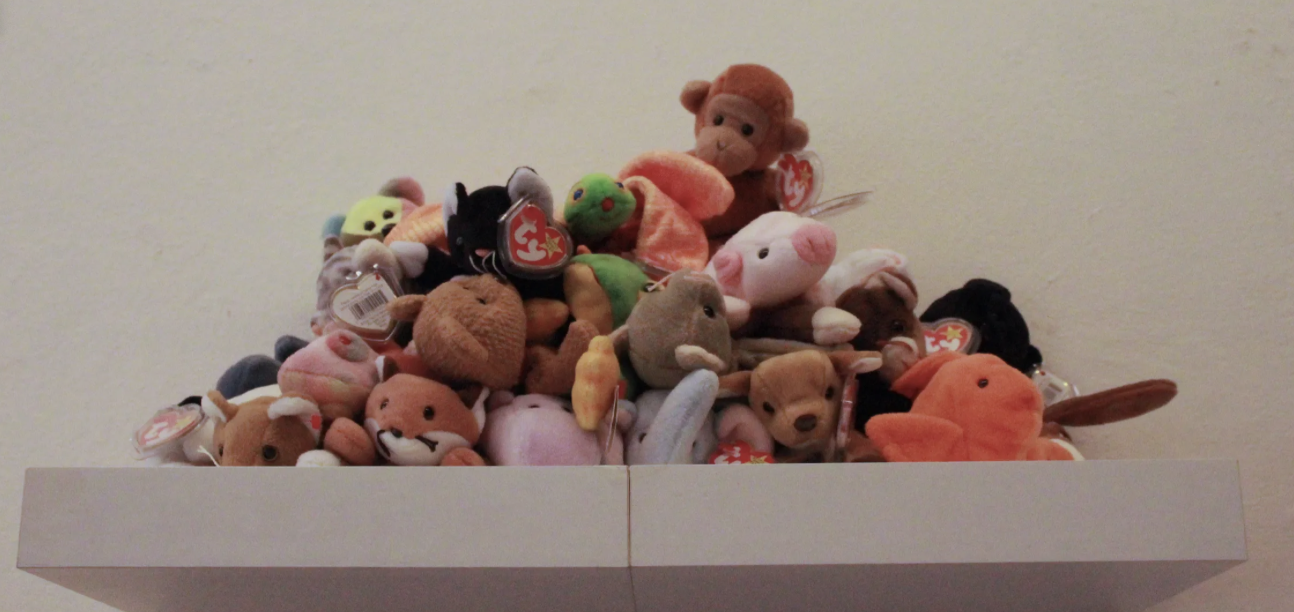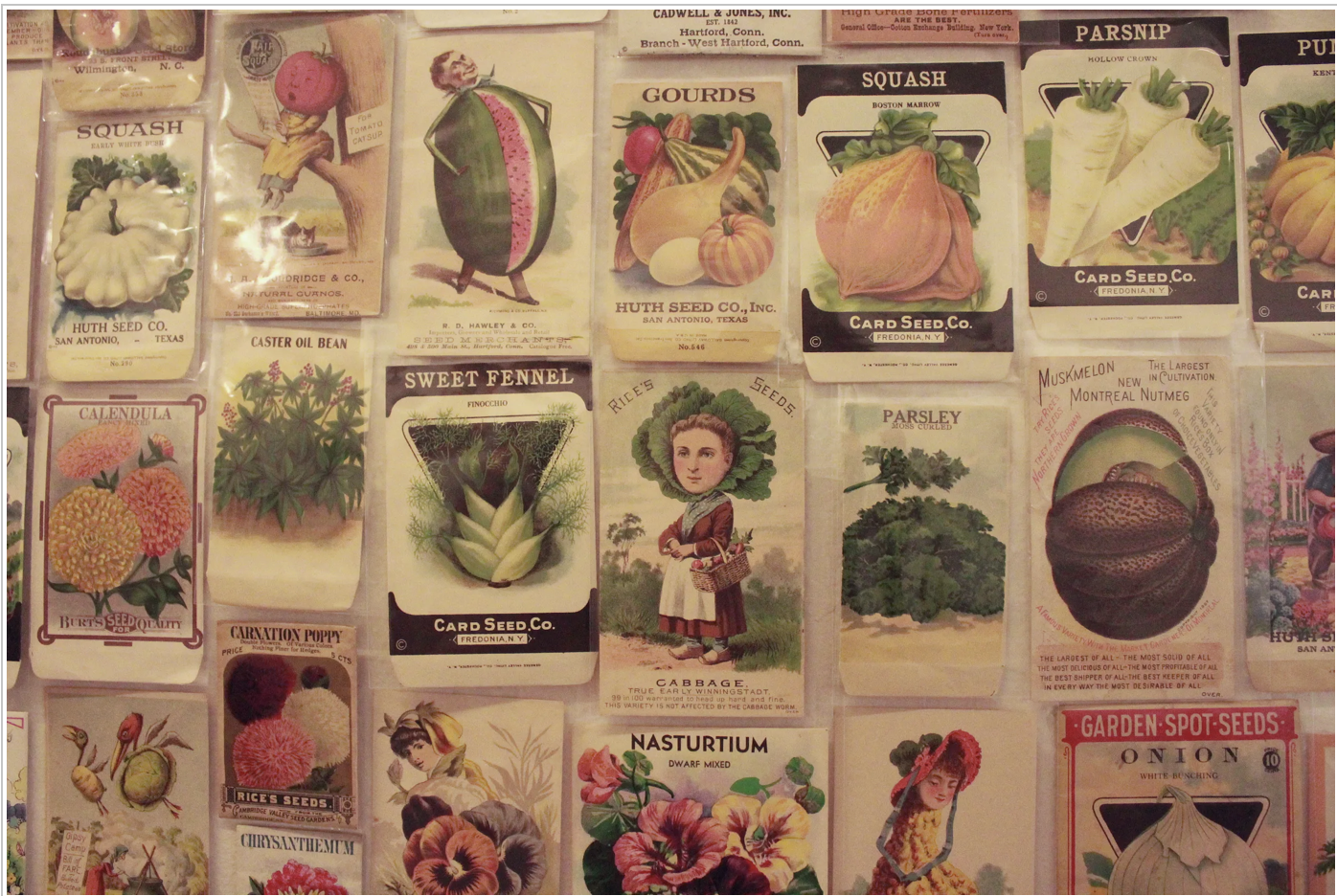Precious: Gathering What We Love: Curiosities, Cabinets, Connoisseurship & Collecting
Institute Library
New Haven
Through Sept. 6
A cascade of Garfields tumbles down the wall of the upstairs gallery of the Institute Library, spilling over a collection of travel toothpastes with the scripts of multiple languages printed on their glossy, wrinkled surfaces. Elsewhere in the gallery, a host of eggshells from an array of birds; a series of lunchboxes emblazoned with characters from long-defunct cartoons; a pyramid of rotary phones. Each collection, from over a dozen different artists, is a monument to some human impulse — but what? Obsession? Enthusiasm? Inertia? Boredom? Just about everyone probably collects something (artwork, cars, Post-It notes, socks), with varying degrees of intention. But why?
The question lies at the heart of “Precious: Gathering What We Love: Curiosities, Cabinets, Connoisseurship & Collecting,” running now at the Institute Library on Chapel Street.
Curated by Martha Lewis, Maxim Schmidt, Scott Schuldt and Kristin Cassidy, the show hits you first with its playfulness. In an accompanying statement, Lewis dedicates it to a kid who collected gelato spoons on a journey to Italy and displayed them at a county fair in upstate New York in the 1990s — “a trip abroad memorialized in a lasting and in-depth visual way that made my heart sing. It satisfied the senses, made me laugh, and showed off the good taste and keen eye of the collector.”
But the kid, surely, hadn’t gone to Italy to collect gelato spoons; likely, it was a collection that began haphazardly and acquired meaning piece by piece. The example gets at something broader. “By my reckoning, each one of us is a born collector,” Lewis writes, but “we may not all recognize it.” And the question of whether something is called a collection isn’t just about the amassing of objects, which happens, as Lewis puts it, somewhere on “the continuum between hoarding and connoisseurship.”

At the personal level, it’s about context and intention. Some of the collections on display seem to have come about simply because the collector was drawn to those objects for some personal reason.
Most people admire the structure of a bird’s nest when they see it, but it’s another step for Anita Balkun to have collected and preserved a series of them well enough to present them, floating on a line on the gallery wall. They have no monetary value, and eventually they fall apart. But there’s no denying the pleasure in appreciating the structures Balkun has saved.
At a social level, however, collecting things raises questions about about class, aesthetics, and taste, “what one can afford to surround oneself with and the elegance with which one can house it,” Lewis writes. “Many consider art collecting to be an alien, elite, pastime,” but when people collect things, “even those who would say they were not ‘creative’ or aesthetically aware know what to do, and do so instinctively and joyfully, regardless of age or background,” whether they’re collecting pebbles on the shore or pencil nubs.
Collections can point out that ideas about class and taste aren’t necessarily as nailed down as they first appear. “The ‘value’ of an object is bestowed by us and is often related to scarcity,” Lewis writes. And value — which to some extent is about taste — can be maddeningly fickle. “Stuff and the accumulation of things can be divisive. Individuals may value the stuff they amass, while others may see it as clutter,” Lewis writes. The impulse to collect can be manic and destructive. “Crazes such as merino sheep, striped tulips, Cabbage Patch Kid dolls have changed economic lives and landscapes. Animals have gone extinct to round out a personal collection.” It can also be beneficial; museums and libraries are, after all, collections too.
Joy Bush’s pile of Beanie Babies shows, whimsically, how a collection can be a bit of both. The plush toys enjoyed a moment of extreme popularity, and for some people who still love them, they have real emotional and economic value. Someone who wasn’t around for the initial craze, though, is unlikely to value them as highly. Some people would pay a lot for a rare Beanie Baby and experience a flush of pleasure at acquiring one; other people would see them as something to give away. None of this takes away from the toys’ intrinsic, goofy appeal.
Wading through these fraught questions, on a certain level, “Precious” hopes to democratize the phenomenon of collecting, to help show that everyone is a collector, and an artist, in some way. In the push-pull of acquiring stuff — it has perhaps never been easier to buy things, thanks to Amazon and Shein, even as we’re also told to de-clutter — the show “is meant as a call to us to recognize our pursuits and desires and to posit that if everyone is — or could be — a connoisseur.” If we recognize ourselves and the things we’ve collected that way, how can we “appreciate them more, display them better, or share them more fully?” How can we better explore what our collections “say about us as individuals and as a culture? And — in this brittle societal moment — can they bring us together for a summer of celebrating our weirdness, joys and delights, to show off our sweeter side?”
Some of the collections in the show point out that, even outside of museums and libraries, a person’s private collection can be preserving culture, whether it’s popular art from a generation ago or technology that has become outdated. Marsha Borden’s irons are less practical than modern irons in every way — for starters, how, in a modern home, would we heat them up? — but they’re also a testament to the way household objects used to be made better. The irons in Borden’s collection would work as well as they did when they were made, decades ago. Can we say the same of the iron we bought at WalMart last week?
For Lewis, the idea of collections also has its “sobering” side: “Things end up in landfills if we don’t keep them. Fast fashion and disposables … are destroying our planet. Even collecting natural objects has its consequences: extinction and the wholesale markets for natural materials and creatures including stones, corals, shells, insects and fossils, depleting what once seemed endless. Plastic waste dominates our beaches and waters, taking over from the more picturesque beach glass. What are we to do?”
While undoubtedly true, the human impulse to collect might also hold the key to ensuring humanity’s persistence even in the face of environmental collapse. Michael Russo’s seed packets, presumably, were collected partially for the charming artwork on the seed packages. But the collection of the seeds itself has potentially great value. It’s echoed in the seed libraries that preserve heirloom species in libraries all over the state — to say nothing of the Svalbard Global Seed Vault, which, as its website states, “duplicates of 1,301,397 seed samples from almost every country globally, with room for millions more. Its purpose is to back up genebank collections to secure the foundation of our future food supply.” Our collections, in the end, might destroy us and save us at the same time — which is a heck of a weighty thought to consider as we stare into Garfield’s smarmy plastic eyes.
“Precious: Gathering What We Love” runs at the Institute Library, 847 Chapel St., through Sept. 10. Visit the library’s website for hours and more information.







